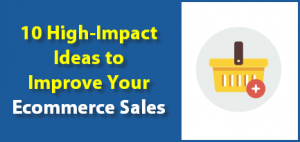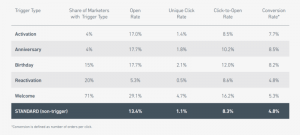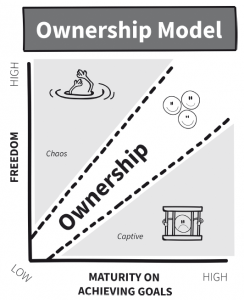Implementing a taxonomy will help navigate the shift to new technologies and regulations, as well as unexpected brand safety challenges.
“The way that I would describe an enterprise-grade taxonomy is that, by definition, it’s anything within marketing, so it’s not just a tracking code, even though that’s a very common use case,” said Christine Reges, Director of Solution Consulting at data governance company Claravine, at the recent MarTech conference.
Essentially, a taxonomy is a structured set of naming conventions. “It could be applied to product catalogs, digital assets, your asset management tool,” she added. “It’s a set definition of data that you want to capture.”
Better measurement
The benefits of implementing a marketing taxonomy have wide reaching implications for how marketing assets get distributed with improved personalization, as well as making sure that the data used in the assets are privacy compliant and even brand safe.
“The benefit of having a defined marketing taxonomy is that those data points that you’re defining upfront are then leveraged in either cross-functional marketing tactics and optimizations, or even just for the analysis of performance and optimization,” Reges stated.
“Each asset has a ton of fields, metadata so to speak, associated with it,” said Michael Shearer, Sr. Director, Digital Innovation & Strategy for Claravine. “And so it’s this mapping of fields and values, not just in each asset, but across these different assets.”
The interconnectedness allows marketers to measure the effectiveness of campaigns, content, coupons, catalogs and other assets.
“When you’re able to standardize and connect those things, you can do a whole lot more with your marketing,” Shearer said.
“It’s more than just the standardizing of these data points,” Reges said. “You’re able to optimize off of all those various points that you’re now collecting. The data is further enriched and then, additionally, it’s the insights that you get from the data.”
Collaboration
Shearer added, “When you have everybody working from a marketing taxonomy, then you are going to be more agile because you aren’t worried about what values to set up. These things are predetermined. They’re ready to go, you apply them and you can move on. So, you create a culture of agility and collaboration.”
Transformation and new regulations
A dependable marketing taxonomy also helps an organization navigate the onboarding of new technology, which has become a bigger need in recent years with rapid digital transformation.
“We have been bombarded with marketing technology over the past decade or so, and I think that’s the reason why marketing taxonomy is becoming more of an issue and something that people are finally addressing,” said Shearer. “They’re bursting at the seams with technology that is not integrated, not talking…and there’s a certain point where you have to stop, step back, reset your data strategy.”
This is especially true for enterprises that have to implement technology rapidly and make sure data doesn’t fall through the cracks.
“Resetting the data strategy for marketing starts with building a taxonomy, your data definitions, and then getting everybody to play from it,” Shearer said. “When you’re an enterprise, you’re doing global marketing. You have 20 or 30 teams and hundreds of people touching the data. You can’t have a concerted marketing program without this.”
He added, “You also have to address things like privacy changes and building out datasets that are standardized so that you can do testing even when you don’t know who an individual is. All those little pieces of metadata are optimization opportunities, the ability to segment, the ability to deliver customized personalization in all of your different mobile apps and your website experience….without all of that data flowing through, you’re going to be flying blind. So I think that there’s a huge opportunity to standardize your metadata, create the rules, and really do some great things with your marketing.”
Brand safety
Unexpected changes also compel an organization’s marketing team to be able to tweak campaigns on-the-fly at a moment’s notice. This need became even more prevalent during the pandemic, when messaging around public safety had to be updated with the latest coronavirus news.
“COVID was a great example where marketers were shuffling their assets,” said Reges. “We heard of a few use cases where marketers were trying to pull assets and take them down.”
She added, “Unfortunately a lot of brands didn’t have the ability for a quick turn around. And I know they faced a lot of backlash in the media for it.”
In these ways, a marketing taxonomy allows an organization to be agile and respond quickly to new challenges. It’s an important part of any business’s data strategy, with new benefits and opportunities as marketing teams get more organized with data and assets to deliver effective up-to-the-minute campaigns.
The post How to transform your organization with a marketing taxonomy appeared first on MarTech.
MarTech(52)








